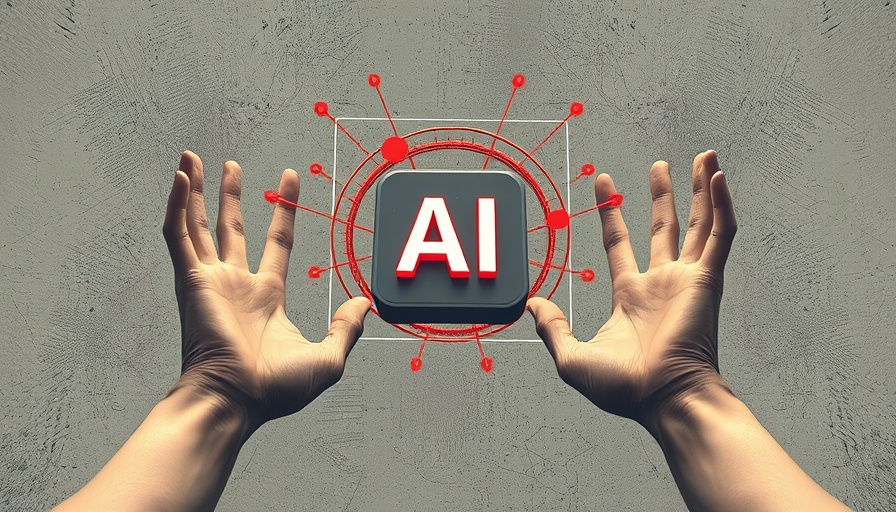
The AI Revolution: Job Loss vs. Org Chart Evolution
As we step into the whirlwind of 2025, the job market is in a state of upheaval, driven largely by artificial intelligence (AI). It’s not just individual jobs at stake; AI threatens to reshape entire organizational structures. A striking example occurred recently when Amy, a mid-level marketing manager, saw her once-vibrant junior analyst team disappear under the banner of a "strategic realignment". With AI tools stepping in to handle roles that once required full-time human input, we must ask ourselves: what’s next for the workforce?
Understanding the Shift: The Corporate Ladder is Breaking
This isn't just a transformation; it’s a fundamental alteration of how we conceive of careers. In a recent corporate shake-up, Big Tech firms have not only reduced entry-level hiring by 25% but have also ramped up recruitment for experienced professionals. This contradiction raises a pressing question: in an era where companies demand experience, how can young job seekers climb the ladder when entry-level positions are evaporating?
AI: Friend or Foe?
The persistent rise of AI poses a dual-edged sword. On one hand, it promises speed and efficiency; on the other, it wreaks havoc on team dynamics and workplace culture. Gen Z job seekers are increasingly skeptical about the value of their college degrees, with nearly half believing that AI has diminished the significance of their education. This skepticism could foster a broader cultural shift in how we approach education and professional development.
Building an Inclusive Workplace Culture Amidst Change
In this new era, organizations must prioritize reinforcing an inclusive workplace culture that values psychological safety and employee voice. Enhancing engagement strategies can foster resilience in teams facing these transformations.
By emphasizing belonging at work, organizations can mitigate potential fallouts from AI implementations. After all, a team that feels supported and valued is typically more engaged and productive, even in the face of uncertainty.
Looking Forward: Employee Engagement Strategies
As companies adapt to the AI-driven landscape, establishing strong employee engagement strategies is vital. Cross-cultural teams that champion diversity and inclusive leadership will thrive where others may fail. Businesses should leverage Employee Resource Groups (ERGs) to foster belonging at work and ensure that every employee feels empowered to contribute their voice.
Our futures are intertwined with AI, but that doesn't mean we have to let it dictate our professional destinies. By proactively adapting our organizational frameworks and embracing innovative employee engagement strategies, we can create a more resilient and inclusive workforce.
 Add Row
Add Row  Add
Add 




Write A Comment